To help you plan a midnight picnic or two, Richard Tresch Fienberg, PhD, Press Officer for the American Astronomical Society, and astrologer Ambi Sitham share this summer's must-see celestial events below. From meteor showers to the moon to Mars and beyond, the promise of these extraordinary sights should provide you with ample motivation to look up from your screens and toward the skies this season.
Keep reading to plan a summer filled with romantic dates that will leave you starry-eyed.
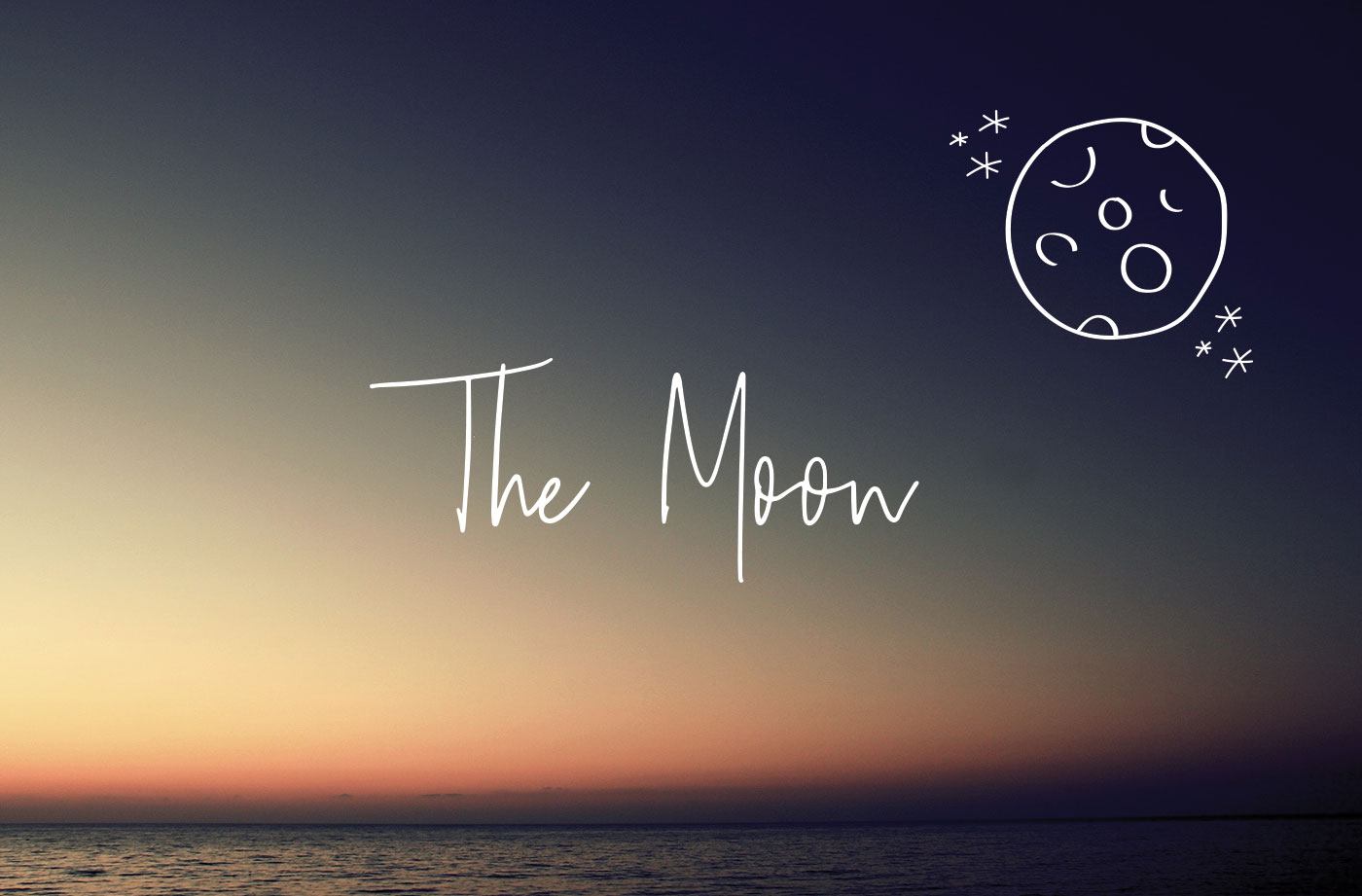
The moon
Moonrises/moonsets: July 26, 27, 28 or August 25, 26, 27
"The full moon is often thought of as romantic, and it can produce beautiful moonrises and moonsets," says Dr. Feinberg. (For beginner moon-gazers, a moonrise happens at sunset and a moonset happens at sunrise.) This summer, the moon is full on the nights of July 27 and August 26, but it looks almost exactly full one day before and after each full moon, Dr. Feinberg says. "This means you could aim for a dramatic sunset/moonrise or sunrise/moonset on July 26-28,or August 25-27," he advises. Fun fact: When the moon is full, it rises and sets exactly opposite (i.e. 180 degrees away) from where the sun sets and rises.

{{post.sponsorText}}
Total lunar eclipse: July 27 (over Europe, Africa, and Asia)
According to Dr. Feinberg, there will be a total lunar eclipse on July 27 over Europe, Africa, and Asia. "When the moon fully enters Earth’s dark shadow, it glows with a coppery color, looking like a penny," he explains. "The red color comes from the light of all of Earth’s sunrises and sunsets being refracted (bent) into our planet’s shadow by the atmosphere—if you were to look at Earth from the moon during this time, it would be ringed by red light." (C'mon, Elon, we're waiting for you to make this possible for the masses!) If you’re positioned to see the July 27 total lunar eclipse, Dr. Feinberg advises watching through binoculars for "a particularly nice view."
For those interested in adding context to this event, Sitham throws a bit of astrological interpretation into the mix. "Eclipses are about endings, completion, and closure—sometimes they can be intense periods of healing, releasing, and purging, and at other times they are about something coming to fruition or celebratory completion," she explains.
General moon-gazing: July 19, August 18, and September 16
"The best time to look at the moon through binoculars or a telescope is when it is only partially lit—[when it's a crescent, quarter, or gibbous]—because there’s lots of detail visible along the day/night line, called the 'terminator,'" says Dr. Feinberg. "First quarter, often called 'half moon' because half the disk is illuminated, is particularly nice because it’s highest in the evening sky, when you’re most likely to be observing." Dates of first-quarter moon this summer are July 19, August 18, and September 16. "The moon is a lovely crescent for a few evenings before those dates, and gibbous for a few evenings after," he adds.
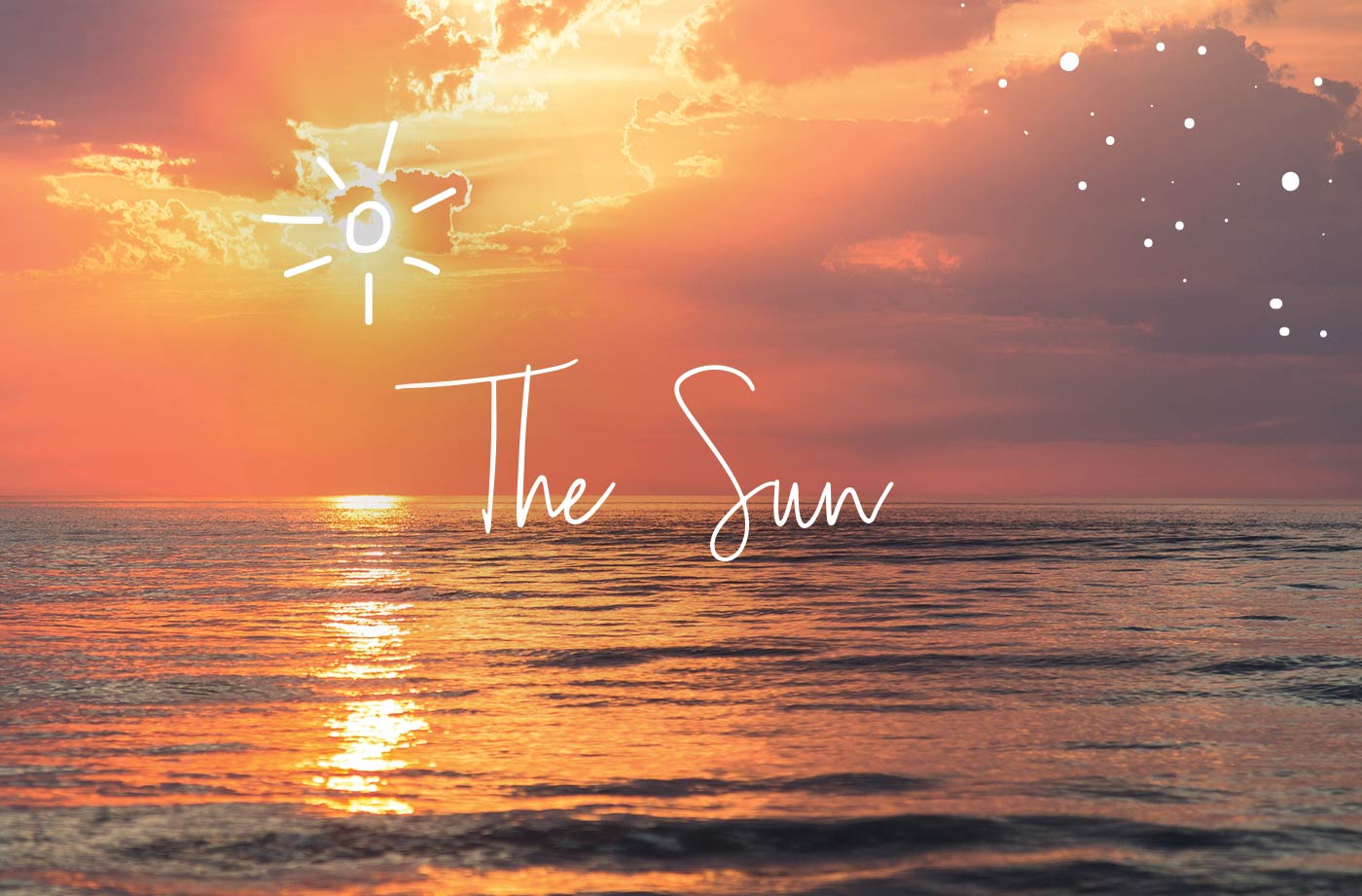
The sun
Partial solar eclipse
There’s a partial solar eclipse on Friday, July 13, in Australia, and another on Saturday, August 11, in northern Canada, northern Europe, and northern Asia, says Dr. Feinberg; however, he adds a word of caution for those who may be able to catch such an event. "If someone wants to watch a partial solar eclipse, they need to use a safe solar filter to do so, as there is no time during such an eclipse when it is safe to look at the sun without proper protection," he says.
According to Sitham, a solar eclipse is "an amped up New Moon," and is therefore a chance to set intentions to unfold over the following six months (until the next set of eclipses).
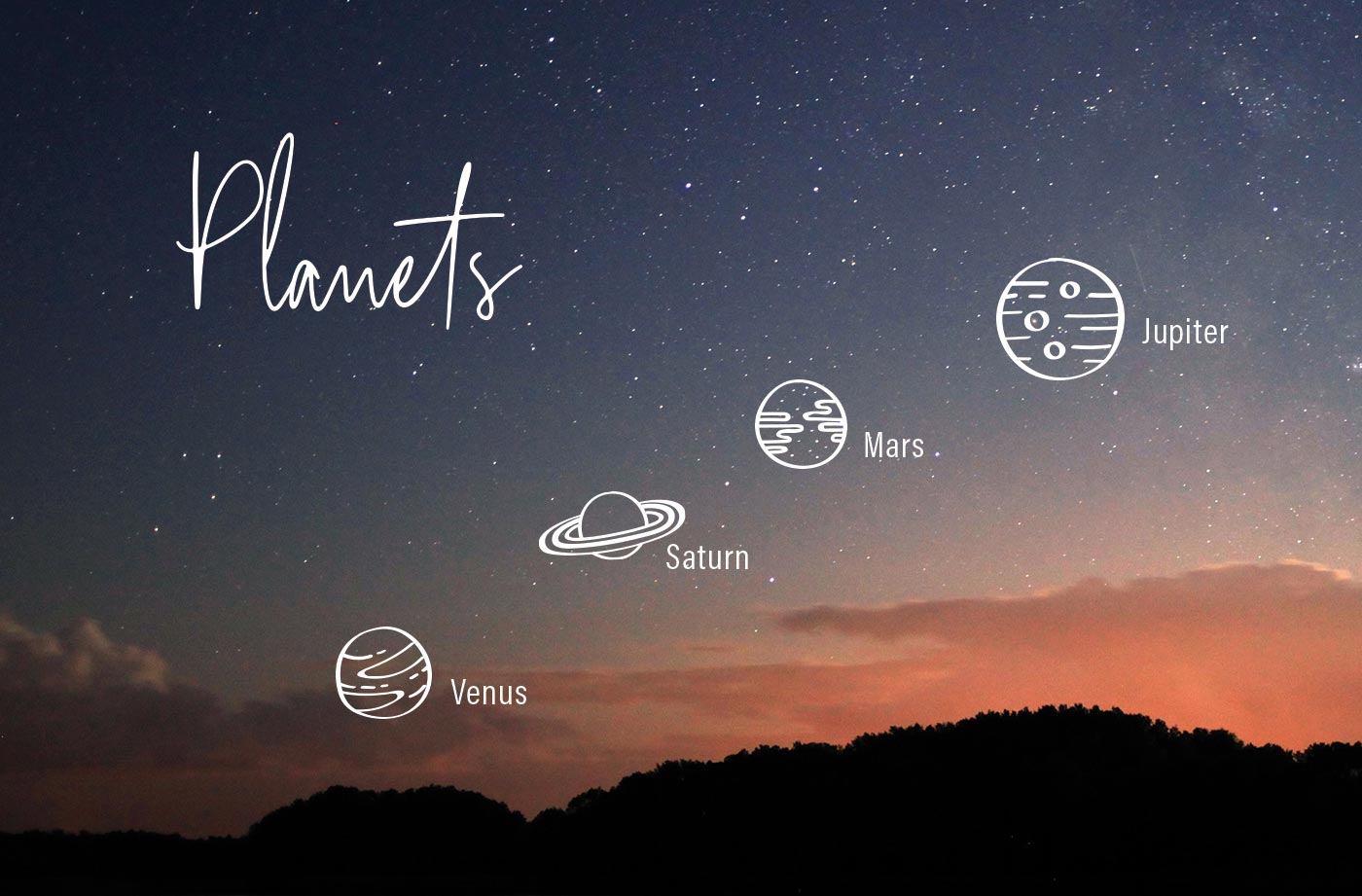
The planets
According to Dr. Feinberg, there are four bright planets visible in the evening sky this summer. "They appear brighter than any star, but if you don’t know the constellations, you might not be able to tell which is which," he says. Not to worry, we've got your guide to spotting the planets, constellations, and more right here.
Venus: all summer
"Venus, the brightest of all the planets, is currently visible in the west after sunset; it’s the brightest starlike object in the sky and is easy to spot even in twilight," Feinberg says. "It will remain visible in the west after sunset all summer, though after late June it will be lower and lower in the sky each week." It shines bright white, Dr. Feinberg says.
Jupiter: all summer
Jupiter, says Dr. Feinberg, is the next-brightest planet. It shines a creamy-white color after the sky gets dark. "It’s in Libra, in case you know your constellations, toward the south in early June, toward the south-southwest in early July, toward the southwest in early August, and sets around nightfall by the end of August," he adds.
Mars: all summer, closest to the Earth on July 26
"Mars, in Capricornus, takes center stage later in the summer, as it will be closest to Earth on July 26," says Dr. Feinberg. "Mars shines brighter than Jupiter—but not as bright as Venus—and is a distinctly coppery color." It’s toward the southeast in early July, toward the south-southeast in early August, toward the south in early September, and toward the south-southwest in late September, he says.
Saturn: all summer, closest to the Earth on June 27
"Saturn shines between Jupiter and Mars, and while it’s brighter than many stars, it’s not a dazzler like Venus, Jupiter, and Mars," says Dr. Feinberg. "So unless you know the constellations and can spot the 'star' that shouldn’t be there—just above the Teapot star pattern of Sagittarius—you won’t know you’re looking at Saturn."
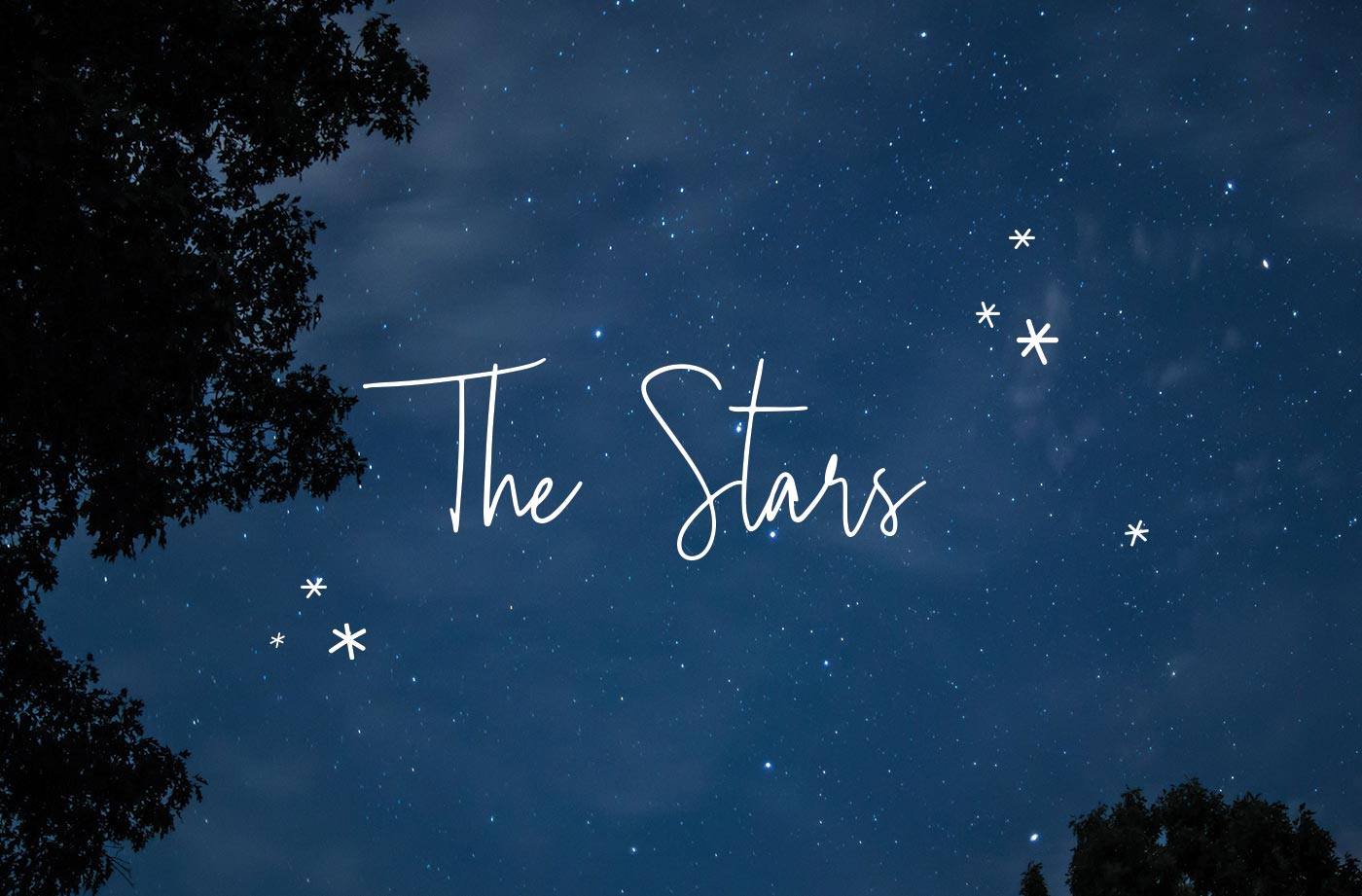
The stars
The Milky Way: July 12, August 11, and September 9
The main naked-eye attraction of summer skies is the Milky Way. "Most city dwellers have never seen it," Dr. Feinberg says. "However, far from city lights, around the time of the New Moon, it’s impossible to miss and quite beautiful: a faint ribbon of starlight crossing the sky, interrupted by splotches of dark dust."
The Sagittarius constellation: August
Sitham, meanwhile, advises keeping your eyes peeled specifically for the beautiful Sagittarius constellation in August, which hangs low in the skies then (making it extra visible). "This is a particularly powerful constellation because Sagittarius is at the center of the Milky Way galaxy and has the brightest of stars that make a formation rather like a teapot," she says. "With Jupiter due to enter Sagittarius this November, the Sagittarius-ruled parts of each of our lives are due to be infused with goodness, optimism, and expansion, so spending late summer evenings gazing at the constellation and thinking about what you might like to achieve is on point to prepare for this transit."
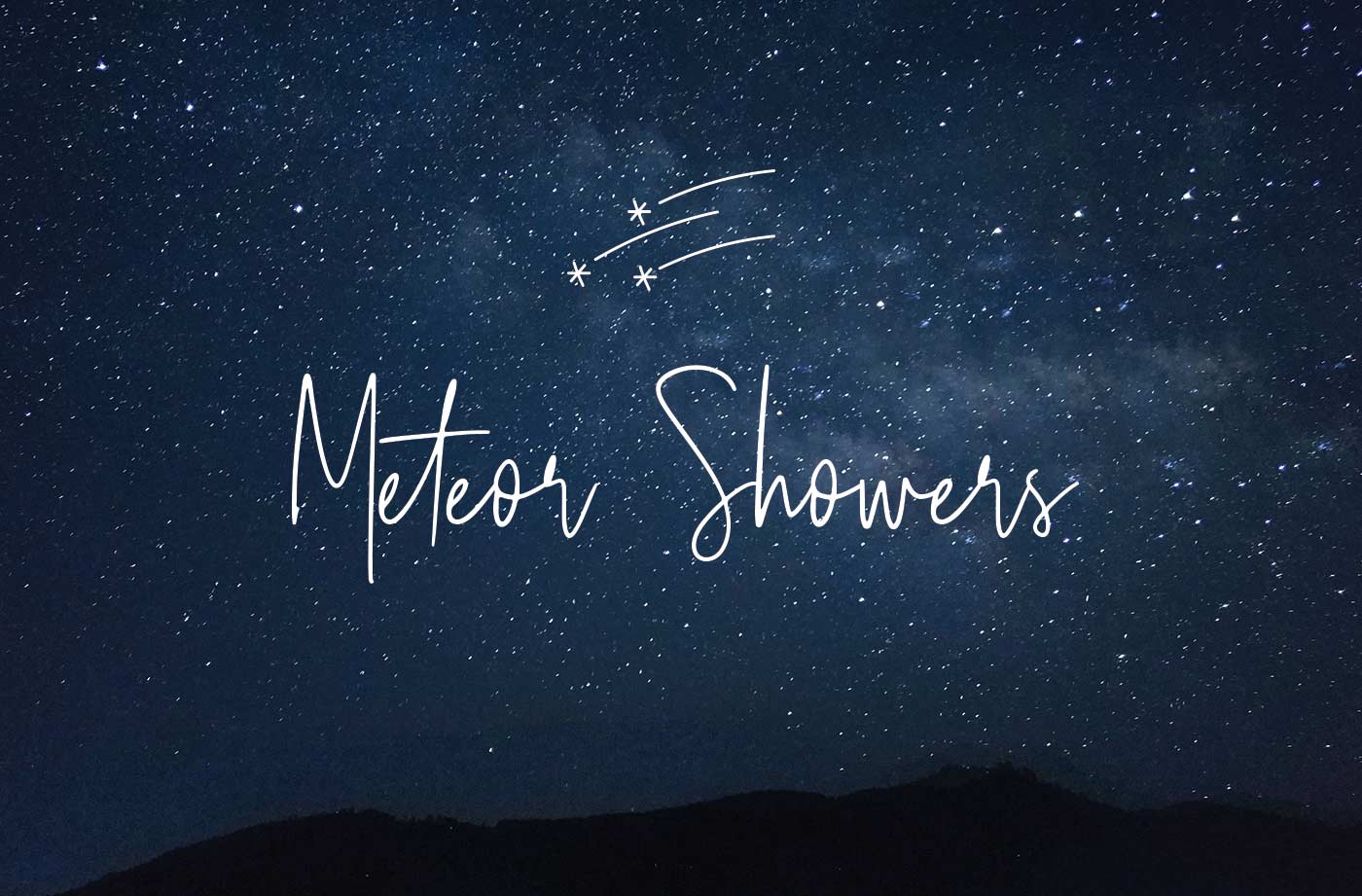
Meteor showers
The Geminid shower: August 12-13
“'Shower'" is a bit of a misnomer," Dr. Feinberg says, because "you’ll typically see one meteor every few minutes or so—it’s more like a 'sprinkle.'" But that doesn't mean it's not a sight to behold. Summer’s best meteor shower, the Geminids, peaks on the night of August 12-13 but should be reasonably good a night or two before or after that, says Dr. Feinberg. "The best time to watch for meteors is between midnight and dawn," he advises. "This year’s Geminid shower roughly coincides with a New Moon, so there won’t be any moonlight to interfere, but only the rarest, brightest meteors will be visible from a city." To see the shower at its best, then, he advises getting out to the country. (Here's some road trip inspo to help you map your trip.)
Now that you have your celestial-centric dates sorted for the summer, it might be time to look into how one of those heavenly bodies—the moon—might be affecting your relationship. Plus, here are some more non-digital date ideas for those looking to go beyond the screen this season.
Loading More Posts...